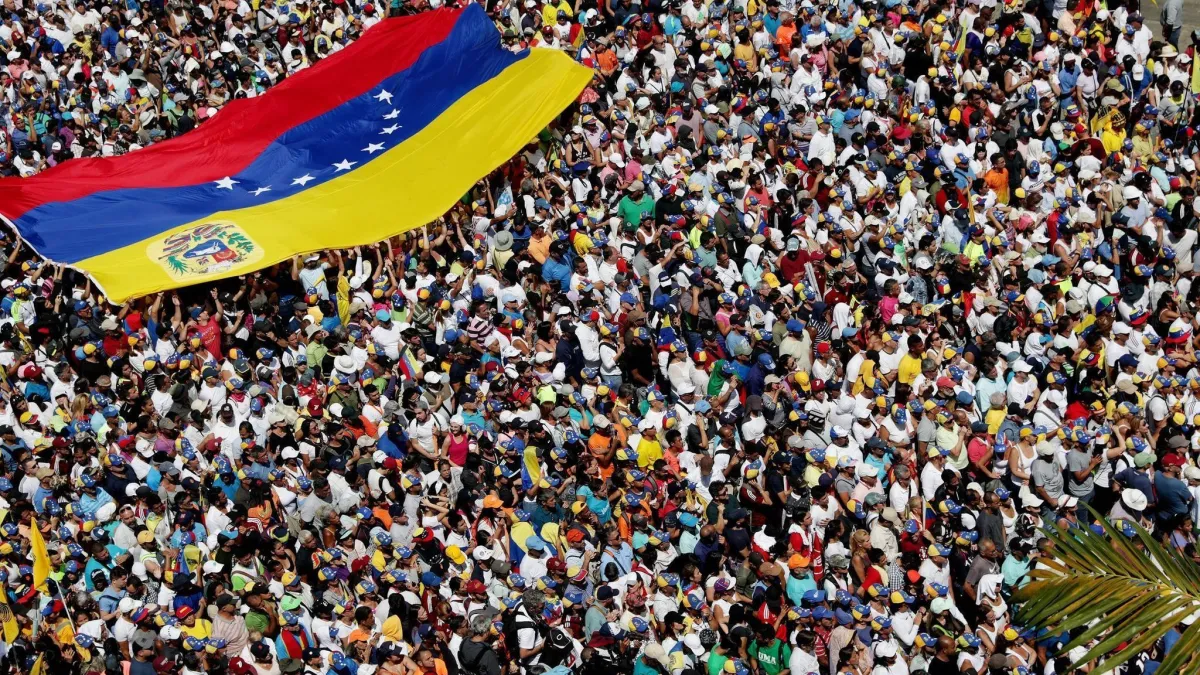


The Philippine Institute of Volcanology and Seismology (PHIVOLCS) said, “The ‘Pacific Ring of Fire’ is a tectonically active and a dynamic region of the world. The region borders the Pacific Ocean and the Pacific Plate and is home to many volcanic eruptions, earthquakes, and tsunamis.” Since about 75% of the world’s volcanoes occur within this region, it is known as the Ring of Fire. PHIVOLCS (@phivolcs_dost) has confirmed that the Philippines is part of the “Pacific Ring of Fire” and hence travellers can experience volcanic eruptions, earthquakes, and tsunamis during their time in the country.
In an email statement to Sitata, Renato U. Solidum Jr., Undersecretary of the Department of Science and Technology (DOST) and Officer-in-Charge, PHIVOLCS said, “DOST-PHIVOLCS monitors the 24 active volcanoes out of the more than 300 volcanoes in the Philippines. At the same time, the Philippine Seismic Network monitors about 20 earthquakes on a daily basis ranging from minor to stronger ones. More information on the earthquake activity in the Philippines can be obtained here.”
Travel to the Philippines: A cause for worry?
Similar to the Philippines, many countries such as Indonesia, Japan, Australia, etc. are located in the Pacific Ring of Fire. However, these countries still remain one of the most favoured travel destinations due to their well-developed response mechanisms. The Philippines also remains well-equipped in terms of disaster preparedness due to which tourists flock to view some of its famed destinations. One instance of the Philippines government’s proactiveness lies in the “Free Mobile Disaster Alerts Act (RA 10639)” under which people receive prompt SMS alerts at the time of emergencies. In our interview with PHIVOLCS, they have asked travellers to download the VolcanoPH info app available on Android; soon to be available on iOS to be informed about the latest volcano activities. Travellers have also been advised to monitor their updates on earthquakes on Facebook and Twitter as well. The agency has also encouraged travellers to make use of the information materials available online on their website.
Assessment:
Sitata further interviewed two nationals of the Philippines to understand the ground reality of Philippines’ natural disaster preparedness for travellers. Both have confirmed the agility and versatility of the Philippines’ response to natural disasters. Cherry Ann Alfonso is a homemaker and Gaylyn Paloma Anter is one of Sitata’s analysts based in the Philippines.
Yes, it is safe to travel here in the Philippines. Our government always acts immediately when it comes to the safety of the traveller. They always give precautions whenever there is an eruption of volcanoes. In case the traveller is unable to communicate with the government authorities during a natural disaster, seek help from the locals who are also proficient in speaking English.
Gaylyn: Sometimes, warnings are sent via SMS by the NDRRMC (National Disaster Risk Reduction and Management Council) but most often we have pop up warnings or weather updates on our phones with nonstop loud rings and vibration until we read the message.
Cherry: We have a law in the Philippines that enables people who live in the affected areas to receive message alerts during strong typhoons, flooding, or landslides, etc. Telecommunication companies here in the Philippines work with our government in sending alerts to its subscribers. I recommend getting a local SIM card in order to receive such updates.


Recommendations:
Conclusion:
As per the Philippine Statistics Authority, tourism contributes about 5% to Philippines’ GDP. As the country recovers from the COVID-19 epidemic and opens up its services to the public, the administration has indicated its willingness in receiving tourists based on the robustness of their disaster prevention team. This follows without conviction that despite the abundance of volcanoes and earthquakes, the Philippines still remains one of the popular destinations for travellers in the south-east Asian region. Hence, the travel risk to the Philippines remains LOW. Visit https://www.covidchecker.com/ to know more about the Philippines’ entry requirements.
Travellers may consider a Sitata membership which can inform them about the current COVID situation for their destination in the Philippines. For businesses that require a more detailed report on the respective countries, please refer to our in-depth country analysis report which is available from our support representatives.